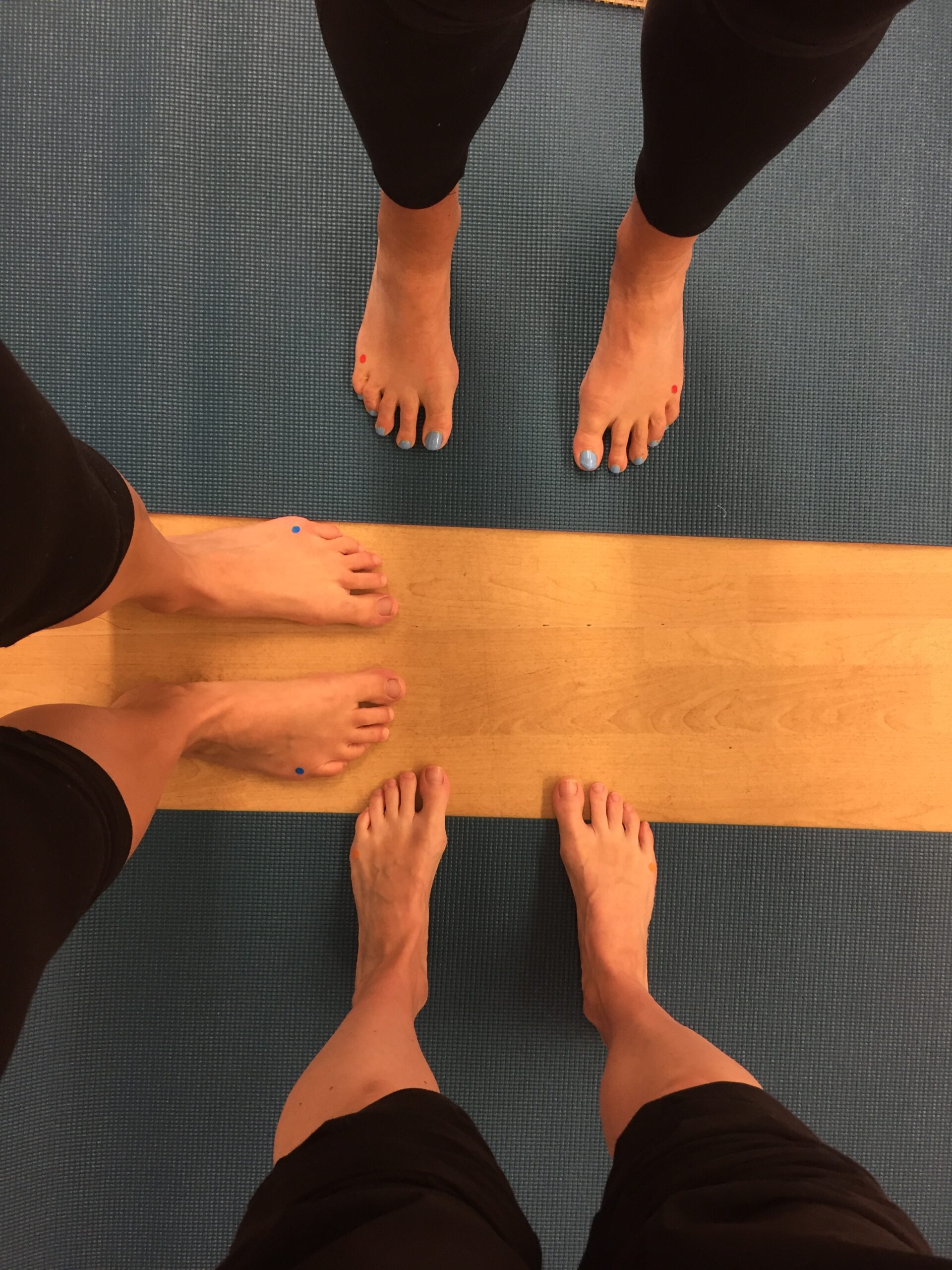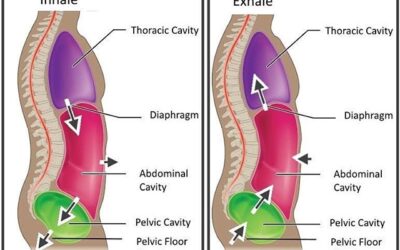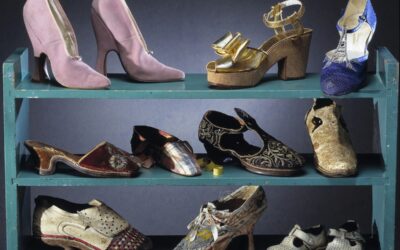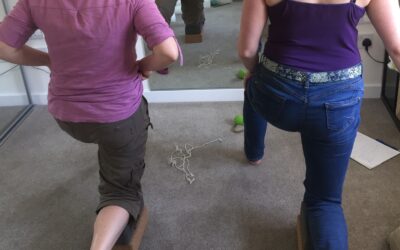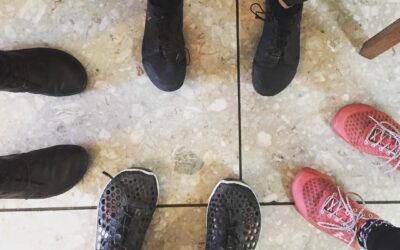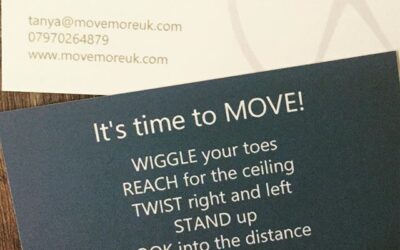Good question right? I first encoutered barefoot shoes shortly after stress fracturing my left foot. I was 9 months pregnant with my third son at the time (ARGHHH! and no, giving birth on crutches is not something I would recommend).
Anyway I digress, back to feet. Our feet are amazing; one quarter of the bones in our bodies are below our ankles. That’s 26 bones along with 33 joints and more than 100 muscles, tendons and ligaments all in our feet. Our feet that, culturally, we put in stiff heeled shoes. These shoes not only stiffen our feet but also dull the nerves which end down there and the heel make the rest of our body (particularly our knees, hips and spine) work harder to compensate. Additionally the raised heel (that’s any shoe where your heel is higher than your toes) takes our body out of it’s natural alignment causing adaptions and often wear and tear ‘injuries’.
So, you guessed it, that’s why we need barefoot shoes. But what makes a barefoot shoe? Everyone seems to have a slightliy different opinion, but here’s mine for a starter
1. Zero drop – this means there is NO drop from heel to toe. None. at. all. This is SO IMPORTANT. Not only does a heeled shoe place excess loading on the smaller bones at the front of your foot (which can lead to stress fractures) it also sends your entire body into compensation mode which means parts of you are constantly working harder than they were designed to be.
2. Attached to foot – ie not flip flops or slip ons. Slip ons also slip off which means you have to grip with your toes to stop that happening. Flip flops also need you to grip with your toes to keep them on. Constant gripping leads to hammer toes which are neither comfortable or practical.
3. Wide toe box – your toes need to be able to move… really, try wiggling them in your shoe at the moment.
4. Flexible – can you roll the shoe into a ball? Your feet have so much capacity to move, let them do it! Your whole body will thank you!
5. Toe lift – does the shoe curl up at the front? That’s not what we want. A shoe which curls at the front will cause the toes to curl upward creating constant excessive extension in the foot. Not good.
So there you go, barefoot shoes in 400 words :).
There number of barefoot shoes on the market seems to be increasing by the day which is brilliant. What isn’t brilliant is that so many seemed to be US based meaning we, in the UK, not only get the big postage bill but also the customs fees as they come into the country. Fear not though, I have created a UK Directory of barefoot shoes here so we can all share the barefoot brands easily purchased (and returned!) in the UK. If you spot anything that’s missing then please do let me know so we can all benefit.
